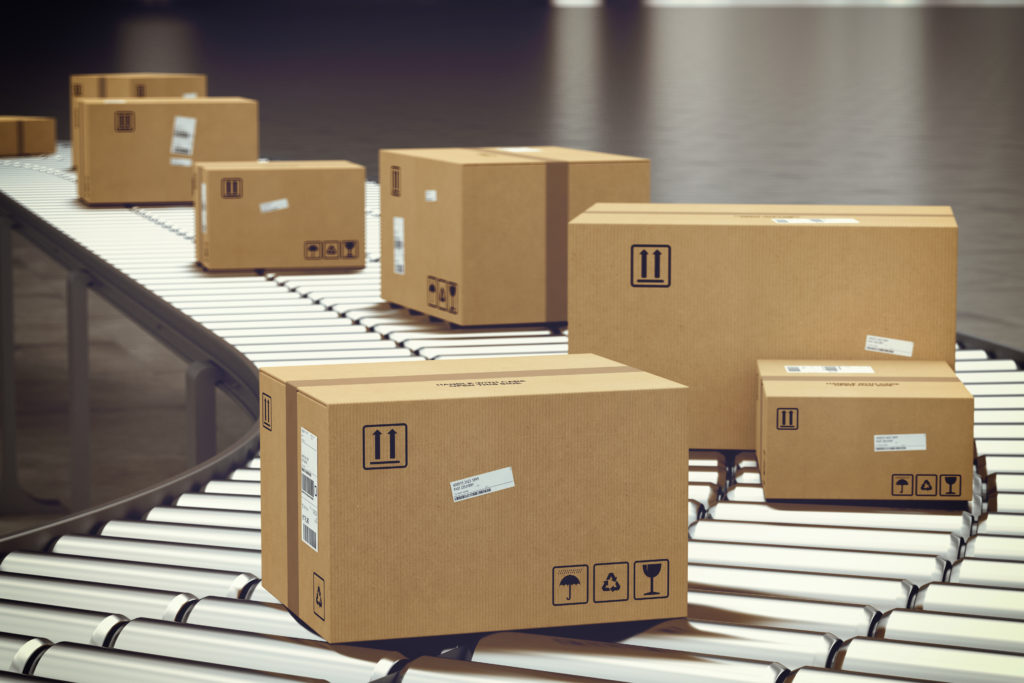
Retailers have faced countless challenges since the start of the pandemic — particularly with their supply chains. Global disruptions have led to significant interruptions and delays, frustrating shippers and consumers at a time when e-commerce volumes and delivery expectations are higher than ever.
Some major national carriers implemented price hikes and imposed new surcharges as volumes reached peak levels last year due to skyrocketing demand. During peak season, the same carriers capped their customers’ volumes with little-to-no notice, leaving retailers to scramble to find another solution.
Overcoming Supply Chain Challenges
Implementing a multicarrier solution can be an effective strategy to overcome challenges like these and mitigate the risk of future supply chain disruption. By shipping with an optimized mix of carriers, retailers can recover more quickly when there is a sudden disruption in the supply chain, such as having their volume capped unexpectedly.
The Journal of Commerce reports that one online wine retailer was limited to 500 shipment pickups per day through December, and another shipper was limited to 200 per day despite having 3,000 packages ready for pickup. Smaller businesses were hit the hardest by these volume caps because they had worse access to customer support, fewer resources to make alternative shipping arrangements and less bargaining power with the major carriers, according to Business Insider.
Having a multicarrier solution in place gives shippers the ability to swiftly shift their volume to another carrier if one restricts their volume suddenly or does not meet performance expectations.

A multicarrier solution can also lead to transportation savings and shorter transit times.
During the first half of 2020, consumers spent $347.26 billion with online retailers in the U.S. — 30% higher than the first half of 2019. Due to these surging volumes, capacity challenges and a limited workforce, carriers suspended their service guarantees. Throughout the pandemic, average on-time delivery percentages were down compared to 2019, causing a variety of challenges for businesses and consumers.
During peak season, volumes soared to a record 3 billion parcels. To cope with demand, in addition to capping shippers’ volumes, carriers introduced new surcharges and implemented peak surcharges earlier in the year. One apparel and accessories retailer told The New York Times that its carrier’s surcharges added several dollars to each package, increasing its overall cost by 25% to 40%. Carriers continue to increase surcharges, which retailers must either absorb or pass onto their customers.
Implementing a multicarrier solution gives retailers access to multiple rate options, routes, service levels and transit times—in addition to mitigating the risk of having their volumes capped with no alternative option. This level of flexibility gives shippers greater supply chain resilience and a competitive advantage over those who rely solely upon one carrier.
Understanding the Impact of a Multicarrier Supply Chain Partner
Visible recently helped an anti-aging skincare company expand and optimize their carrier mix, which enabled them to reduce their annual transportation spend by $1 million, speed up their direct-to-consumer deliveries, and gain greater pricing transparency.
Before working with Visible, the skincare company worked with two major national carriers to ship their small, lightweight packages. One of their major challenges was that their transportation spend had far exceeded their budget. The unexpected fees and complexity surrounding their carriers’ surcharges made it difficult for them to plan and budget appropriately.
When Visible introduced the U.S. Postal Service into its customer’s mix of carriers, the shipper realized immediate savings. They gained access to exclusive USPS pricing through Visible, an Approved Reseller, and their soaring surcharge spend was reduced significantly. The elimination of hidden fees also improved their ability to plan and budget. Additionally, USPS was able to deliver parcels one day sooner than the retailer’s other carriers.
As e-commerce volumes continue to soar, retailers must have an effective shipping strategy in place. Implementing a multicarrier solution not only gives shippers a competitive edge but also creates a stronger supply chain and mitigates risk, ensuring retailers are equipped to meet customer expectations in every situation.

